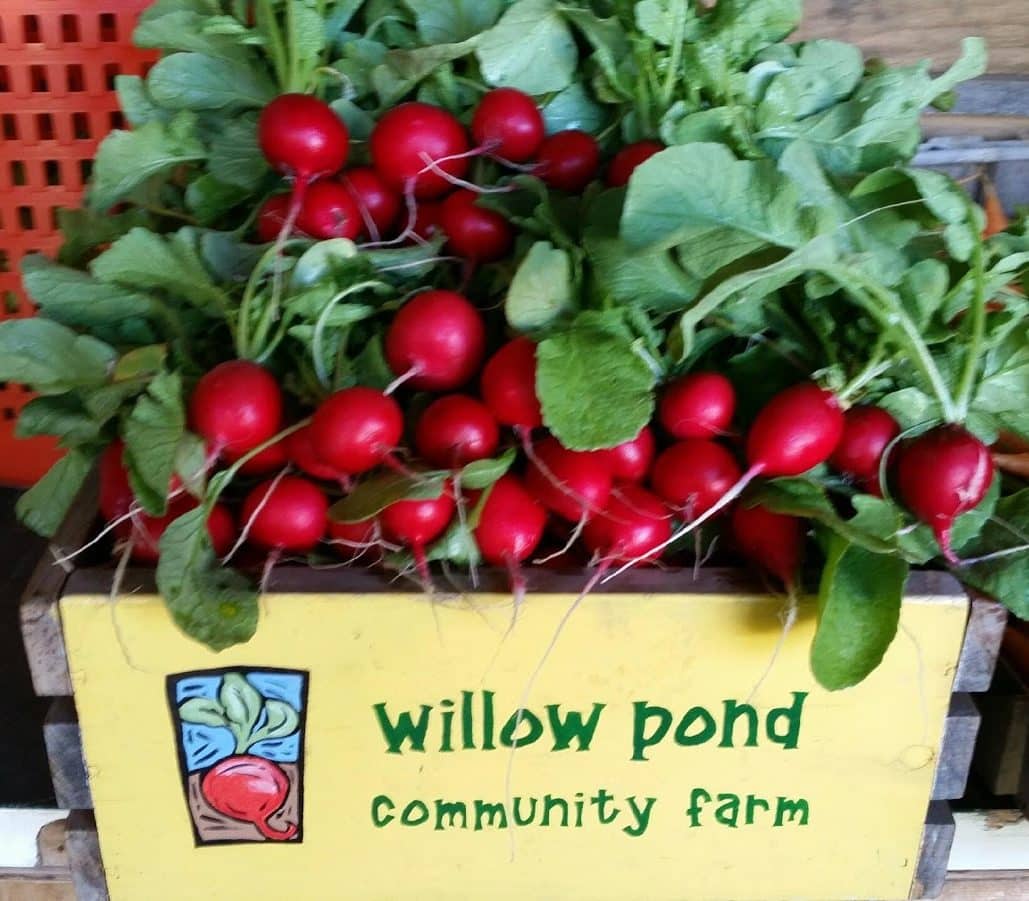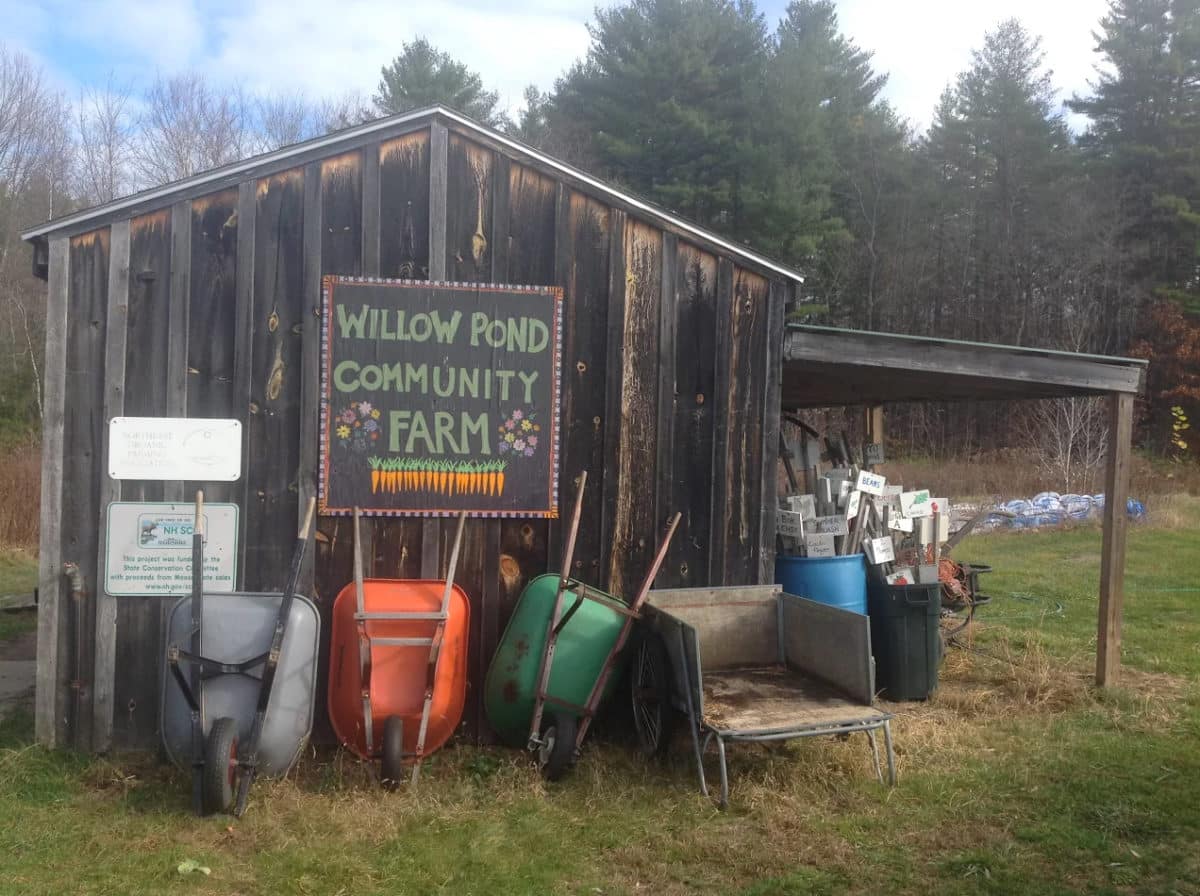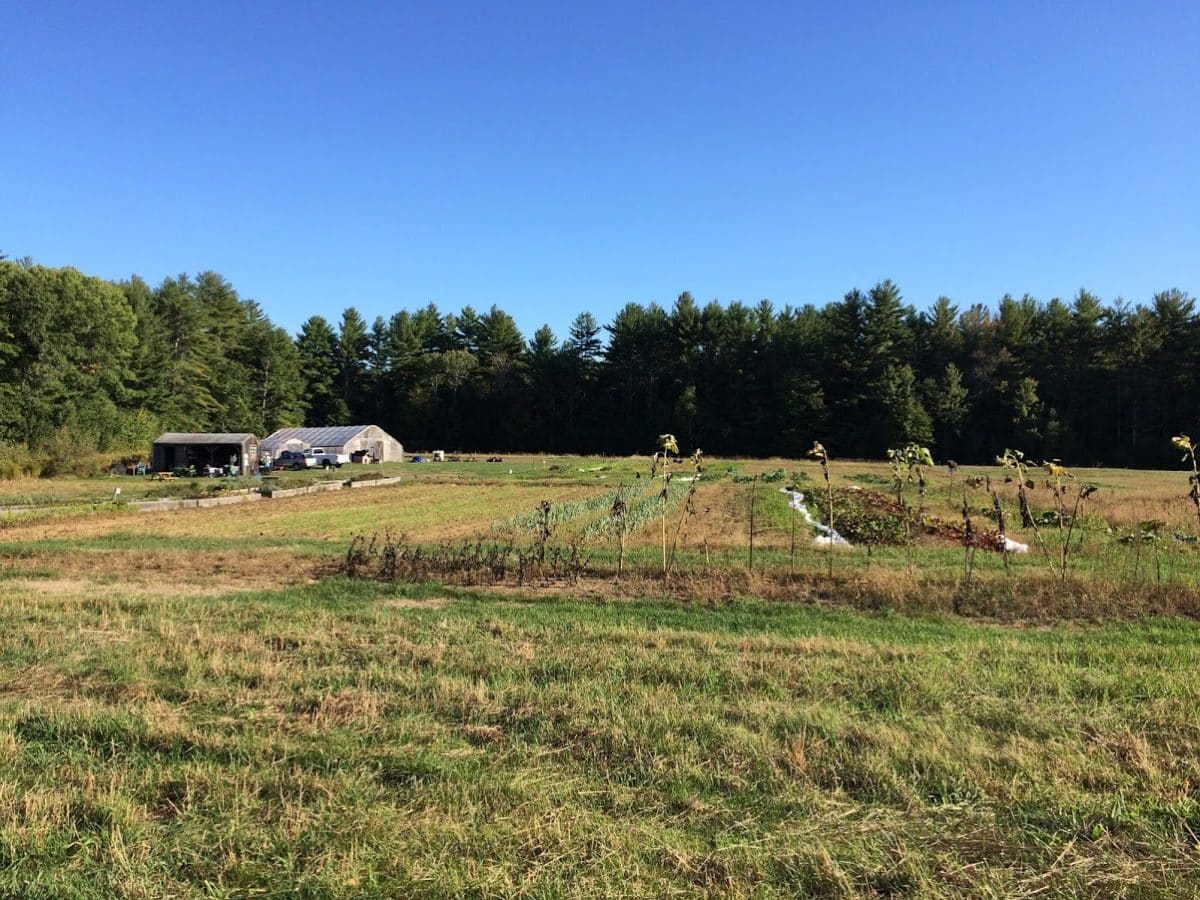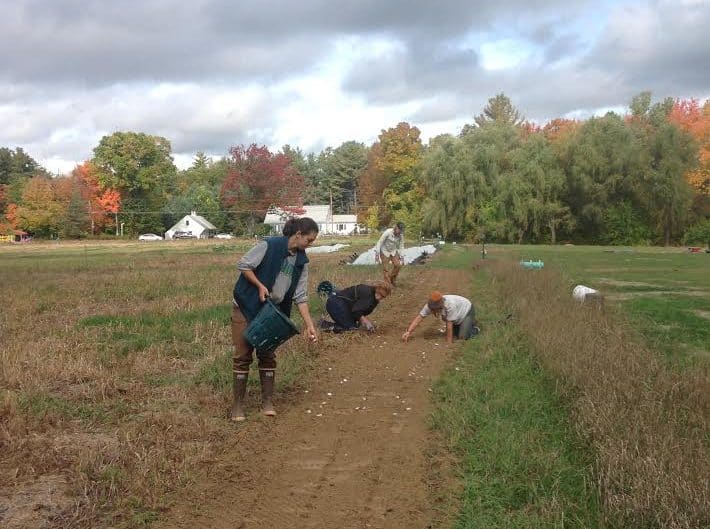CSA stands for Community Supported Agriculture, a relatively recent form of local agriculture that directly connects consumers with farmers. Each CSA consists of a group of people who commit to supporting a farm and a farmer by purchasing “shares” of the seasonal harvest. Each “member” of the CSA pays for a weekly share in advance of the growing season (which varies depending on the geographic location), thereby providing an income for the farmer and funds to cover production costs. The result is a local food supply grown sustainably while maintaining land stewardship and a sense of community.
CSAs came to the United States from Japan via Western Europe in the mid 1980s, and grew out of Rudolph Steiner’s ideas of biodynamic agriculture. The first CSAs in New England were in Great Barrington, Massachusetts and Wilton, New Hampshire. According to Wikipedia, the Department of Agriculture reported in 2007 that there were at least 13,000 CSA farms in North America, with over 12,000 located in the United States.
How does a CSA actually function? Early in the growing season the farmer, sometimes with a core group of volunteer decision-making members, will draw up a budget that reflects production costs for the season, including salary, seeds, tools, machinery, and supplies. The budget, divided by the number of members, then determines the price of each share for that year. Each week, members pick up their share of the harvest on a given distribution day or days, either at the farm or at a central location mutually agreed upon.
A group of us in Southern New Hampshire, eager to pursue a common goal of eating more locally, started our own CSA, Willow Pond Community Farm, in 2004, on conservation land leased to us at no cost by the landowners, in the small town of Brentwood, New Hampshire. We grow certified organic vegetables, herbs and flowers on about four acres, and have had between 30 and 60 members in our CSA. Because we cannot provide housing on our farm, our goal has been to foster young farmers wanting to gain experience managing their own farm using the CSA model. Contrast our small CSA with the largest one in California which has over 13,000 families, and you see the range in size that the CSA model represents.

Indeed, one of the strengths of the CSA model is that it is completely flexible. There is no one way to run a CSA. Variables include the number of shares, what crops are grown, whether there are products available that are grown by other farms (meat, dairy, fruit, etc.), whether there are shares by the season (a summer share, a fall share, a winter share, a Thanksgiving share), whether a weekly newsletter or recipe cards are used as a means of communication with members, and whether members are asked to volunteer help. The possibilities are many and varied.

Our CSA has included a very popular Pick Your Own area where summer shares can be supplemented with even more vegetables that members have to pick themselves (at their convenience) such as peas, beans, cherry tomatoes, herbs, and cut flowers. And this year the local YMCA, a non-profit organization, has assumed the management of Willow Pond Farm in order to explore their new mission of “producing healthy and nutritious local organic food, alleviating local hunger and providing opportunities to educate youth.” We are enthusiastic about the possibilities for our farm under this new model.

Many challenges arise in managing a CSA. One is in creating a budget that ‘works,’ another is in dealing with surplus food. One possibility is to have a swap table during distribution, or a volunteer who agrees to take extra vegetables to a nearby soup kitchen at the end of the distribution day. Too much kale? Maybe it’s time to give out recipes on how to make kale quiche, kale frittata, kale salad, kale chips and so on. Too many tomatoes or cucumbers? Time for a class on food preservation: tomato sauce, tomato salsa, pickles for sure.
Managing volunteers can be time-consuming for a farmer but may provide valuable help with tasks like weeding carrots and onions, so it’s helpful to attract and train a few members for such jobs, perhaps by calling them “work shares” and offering a reward of member discounts.
More than the challenges, by far, are the rewards of participating in a CSA farm. When you join a CSA you are joining a community of people worldwide who are taking an active role in supporting local agriculture and improving the quality and sustainability of their food supply. Knowing the person who grows your salad mix or potatoes or butternut squash creates a deep personal connection between you and the farmer and his/her farm. And sharing in both the risks and the rewards of the weather during the growing season brings one closely in touch with the reality of the challenges farmers face on a daily basis.
Knowing first-hand the hard work and planning that it takes to grow and harvest food brings the farm-to-table connection into perspective, and is a reason for community celebration as well. Our favorite celebration at Willow Pond Farm has been an annual ‘Summer Solstice Potluck’ dinner on the longest day of the year. We all bring food we have prepared and set it on long tables decorated with pots of colorful wildflowers, napkins and tablecloths, next to the field of lush vegetables that will feed us for the next few months. A campfire for marshmallows and someone playing the guitar keep the children happy while the adults toast the harvest season. It is a great celebration of food and of a community coming together to support local agriculture. If this model of community supported food production appeals to you, I would encourage you to investigate CSA possibilities near you. ![]()

